Blenders are irreplaceable in many modern kitchens. But to fully enjoy smoothies, delicious desserts and nutritious pastes, it's important to know which blender to choose. The decision may seem simple, but given the wide range of models on the market, it's not actually all that obvious. Read on and find out what to pay attention to when choosing a blender.
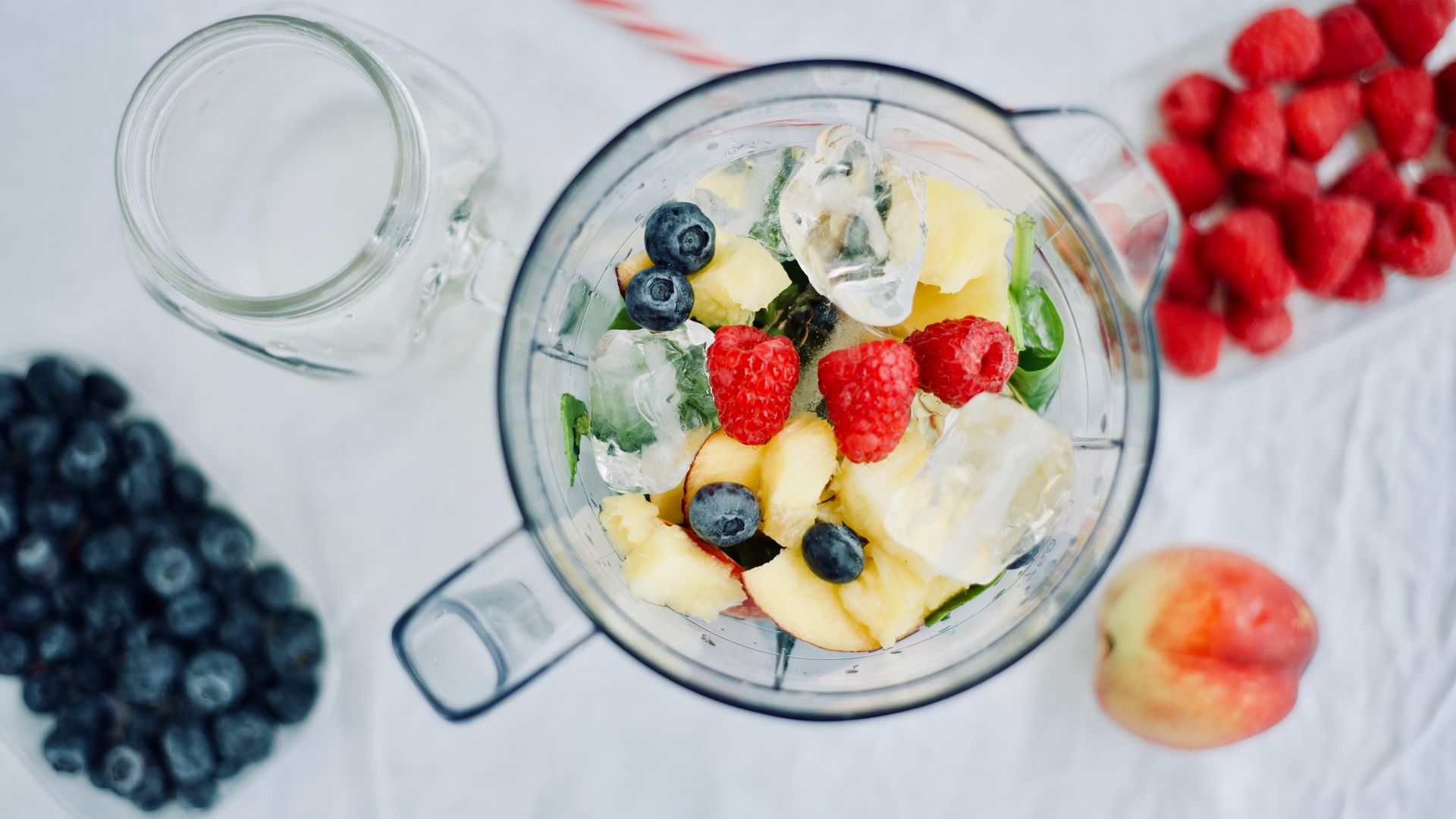
Blenders are irreplaceable in many modern kitchens. But to fully enjoy smoothies, delicious desserts and nutritious pastes, it’s important to know which blender to choose. The decision may seem simple, but given the wide range of models on the market, it’s not actually all that obvious. Read on and find out what to pay attention to when choosing a blender.
Which blender should you choose?
The main differences are due to the design. You can choose between a hand-held or countertop blender. The first type, as the name suggests, is held in your hand. It is easy to hold and comfortable to use. The second type is placed on the table top or other work surface, and the process is carried out in a closed container. The choice of blender depends on several factors: the type and frequency of dishes and drinks you prepare, how much space you have in the kitchen, and your budget.
Before you start planning the purchase of your dream blender, get to know the basic features and what to look for. Also ask yourself the question – what will you mainly use the blender for?
What are blenders used for? Features and uses
Whichever blender you choose, it will be an electric blender that you will use for mixing and blending. Although these are its basic functions, appropriate accessories can be used for other jobs. The range of dishes, desserts and drinks you can prepare with a blender is indeed impressive: creamy soups, sauces, stuffing, purees for children, smoothies and milkshakes, vegetable milk, vegetable pastes, mashed potatoes, mayonnaise, hummus, ice cream, sorbets, peanut butter, etc. Some blenders are also suitable for crushing ice and even grinding coffee.
Hand or cup blender? Types of appliances
Hand-held or countertop blenders can be used for many things, so it is good to know which one is best for specific needs. Mixing fresh carrots and soft, seasonal fruits such as raspberries or strawberries are two different jobs. So let’s take a look at what both types are used for:
- Hand-held blenders – generally considered to be less universal than countertop models. They can be used for most basic kitchen needs, such as mixing and mashing. This makes them very useful for preparing creamy soups, smoothies, as well as fruit and vegetable creams. Additional attachments let you also use them for other needs, such as whipping cream. It is worth pointing out that a good hand-held blender is relatively light and will fit comfortably in your hand. Although it should be held securely so that it does not slip out of your hand (which is not an issue with countertop blenders), an undoubted advantage is that it takes up minimal space during storage.
- Countertop blenders – one of the most universal kitchen appliances. They are used not only for mixing, but also chopping, grinding, crushing, etc. They often have additional features for specific tasks. For example, the pulse feature helps to efficiently grind hard products, e.g. pieces of carrot, celery or pumpkin, and the crushing option is suitable for ice cubes. Certain models also offer specific functions, including mixing of hot contents that require high thermal resistance of the mixing container.
What can you use a hand-held blender for?
Thick , cream soup is an ideal dish to be prepared using a hand-held blender. You can make delicious cream soups out of almost any vegetables: beetroots, cauliflower, broccoli, courgettes, asparagus, pumpkins or tomatoes. When working with hard vegetables, the pulsation function that most hand-held blenders usually have will come in handy. When making soup, this lets you keep everything clean and tidy, as well as save time, because they can be used with ingredients already in the pot. You won’t need to first mix them in the blender container, which then needs to be washed.
Hand-held blenders are also good for making smoothies. Like soup, smoothies have a thick and creamy texture. They are made by mixing vegetables and fruit with the addition of water or juice. Avocados, bananas, spinach and kale are popular ingredients of such smoothies.
If you are wondering which blender will be suitable for everyday or regular use, cooking small amounts of food or simple dishes, then a hand-held model will be a good choice. This is even more so in the case of small kitchens, or people who do not want to invest in expensive equipment.
Prepare a fresh smoothie, puree a soup, or quickly conjure up another delicious dessert from strawberries – you can use the 175 W Stick Blender with 2 speeds from Hamilton Beach in many ways to add varied dishes to the catering at the next event or the buffet in your hotel.
Which countertop blender should you buy?
As we already mentioned earlier on in this article, a countertop blender has endless possibilities for use. In order to choose between a hand-held and countertop blender you must first identify your needs. However, if you absolutely need a blender, and you cannot prepare your signature dishes without one, you should probably choose this type.
Due to their high precision, countertop blenders are perfect if you want to achieve a perfectly smooth consistency. In our next article we will have a look at exactly which countertop blender to choose and what to base the decision on, but now let’s have a look at some culinary proposals using this type of blender.
A powerful countertop blender with a pulse function and a high blade speed will easily convert hard ingredients into a smooth, velvety mass. It is also good for blending soft and fibrous ingredients, as well as leaves, which is where a hand-held blender may not be enough. Celery and ginger will also be perfectly crushed for a healthy cocktail, and green beans will easily become a delicious sauce. You can even use it to prepare a perfect pancake mix, as well as various additives, including ground nuts, almonds and seeds. A practical feature is the ice crushing function, ideal for making granita or cool drinks.
A totally different use is preparing hot dishes. To prepare cream soup, simply pour the ingredients into the blender (it’s important to make sure it is thermally resistant!), and the blender will change it into a smooth cream. A countertop blender can be used to mix virtually any type of ingredients.
Let’s not forget about serving the juice or smoothie you’ve prepared in a high-quality juicer. Whether at the breakfast buffet in a hotel or restaurant or at your next garden party. The 2 x 7 L contents can be easily and effectively chilled as desired and effectively presented in this Juice Dispenser. Maybe you’re looking for a single 7 L Juice Dispenser with cooling system.
What is the best blender power? Important technical parameters
Whether looking for a hand-held or a countertop blender, you should always pay attention to the technical specifications. The design itself may not be enough, because a hand-held blender, although small and light, can sometimes have better parameters than a multifunctional countertop model. So what should you pay attention to?
As with any electric device (and blenders are no different), power is the main parameter. The higher the power, the more efficient and durable the blender should be. This can also actually help you save energy, because more powerful devices work faster, especially in the case of heating devices.
When it comes to countertop blenders, popular models usually have a power range of 300-1800 watts. Such a wide range is due to the purpose of the blender (home or commercial use) and additional features, including crushing ice, and grinding nuts and other hard ingredients. Of course, there is nothing to stop you from using a powerful, commercial blender at home. Such equipment can be a good idea if you prepare large amounts of cocktails, purees, smoothies or sauces with an exceptionally smooth consistency, especially made of hard vegetables.
Hand-held blenders generally have less power. Cheaper models with around 300 watts are only suitable for use with soft ingredients, e.g. previously cooked vegetables. If you are looking for a more universal model, a power of 500 to 700 watts will be a better choice. It is perfect for making purees for children, as well as cream soups or fruit and vegetable smoothies. The best hand-held blenders have a power of up to 1000 watts. They are mainly intended for grinding hard ingredients: raw vegetables, nuts, seeds, etc. Bear in mind that the more powerful the blender, the softer and smoother the texture of your finished product.
Although power is the most important parameter, it is not everything. So what else should you pay attention to? Among others:
- the RPM,
- the possibility to adjust the speed,
- the capacity of the container.
Regardless of what kind of blender you want to buy (a hand-held blender or cup blender), it’s worth checking the speed at which the blades rotate. In most cases the higher the better. Powerful countertop blenders usually have over 30,000 RPM, and sometimes even up to 40,000 RPM. Manufacturers do not always specify the speed, especially in the case of devices with speed regulation (usually 12 levels). This practical solution allows you to precisely adjust the rotation of the blade to specific ingredients, faster for hard ingredients and slower for soft ones.
In the case of countertop blenders, of equal importance is the capacity of the container. This determines how much food or drink can be prepared at one time. 1.5l to 2l containers are considered to be medium-sized. They have enough space for the mixed ingredients and additional space in case of frothing, e.g. with milk products. You will find different capacities available, so everyone should find the right one for their needs. You will need different equipment if you cook for a large family (e.g. over 2-litres) than if you live alone (e.g. 1.25 litres).
This versatile commercial 1.4 L blender with 100 programmes is perfect for fresh smoothies, perfectly mixed drinks, puréed soups or crushed ice for your party. You can blend together even large quantities of fruit or smoothies in this 1.25 L break-proof polycarbonate container blender with pulse function. Markings on the container make it easier to measure the ingredients and considerably simplify operation. This powerful 1.5 L – 880 W motor blender or this 1.8 L blender with timer enables a powerful drive for which you can select two speeds. Chop hard chunks of fruit on a low setting or choose a higher speed to purée smoothies or grind coffee beans.
Additional blender components
When deciding on a hand-held blender, check if you can use additional attachments for different jobs. We would generally recommend accessories made of stainless steel, as it is much more durable than plastic. You can choose the length to suit different sized bowls, which is of great importance for commercial use. In addition to attachments with different blades, it is also worth having a whisk. Such attachments are sometimes offered as a set together with the blender.
Which blender should you choose – summary
Trying to answer the question which blender to choose is not easy. The differences between specific models is not only in the type, but also the technical parameters and range of features. If you don’t have specific, defined needs, then the decision may not be so easy. There is a very wide choice on the market, which doesn’t make it any easier. In order to speed up your decision, you should first think about your requirements. Try to answer the following questions: what ingredients do you think you will grind (hard, soft), will you use the blender mainly for making meals for children, mixing hot soups, and do you need additional functions such as ice crushing?
Once you know your requirements, you can start to compare the prices. It should come as no surprise that high-performance multifunctional equipment is more expensive – good countertop blenders can cost hundreds of pounds. However, you can also find much cheaper models, even for around £100. Hand-held models will always be cheaper, they are simpler to use, and they also have some advantages over countertop models, as previously mentioned. Their prices start from approx. £30.
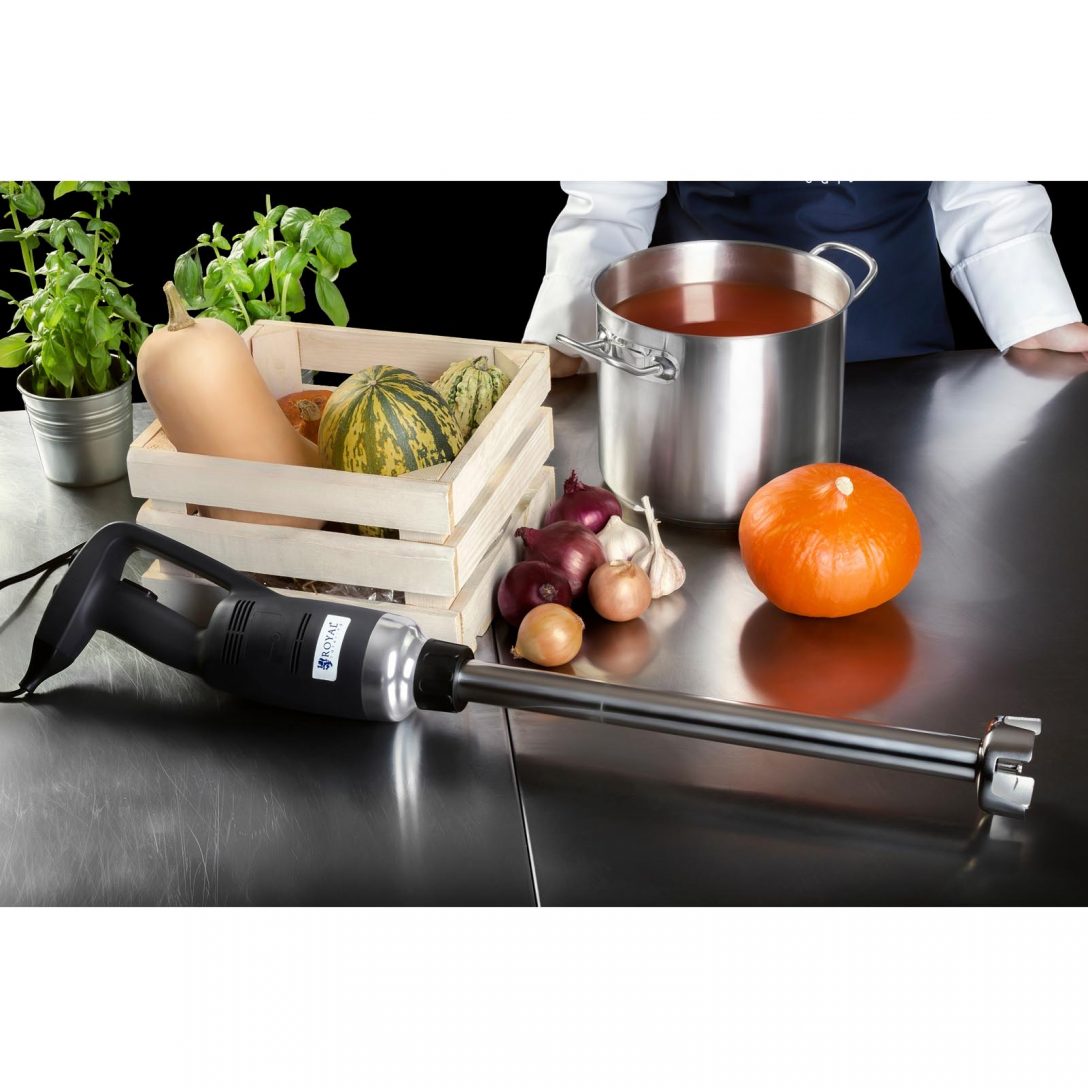
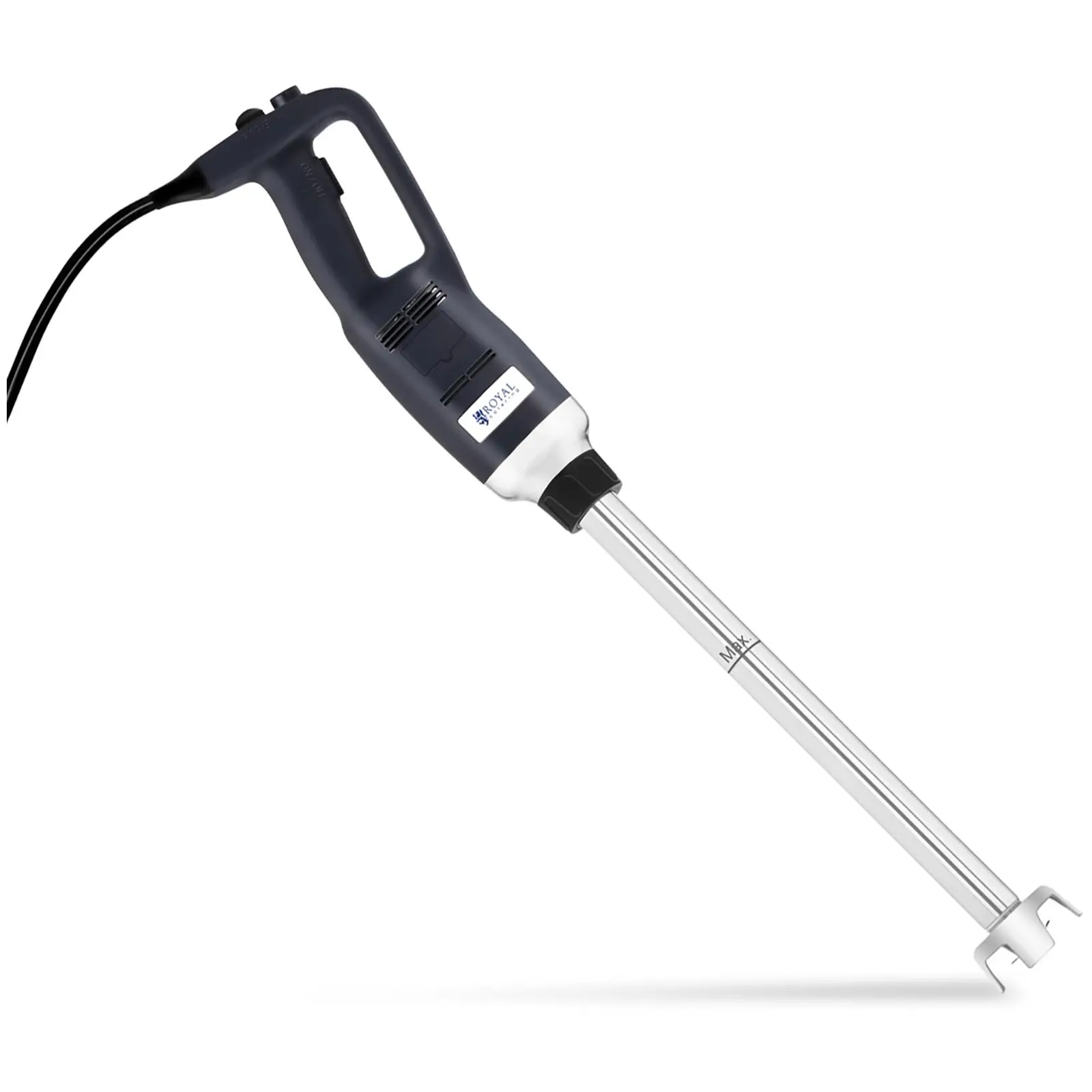
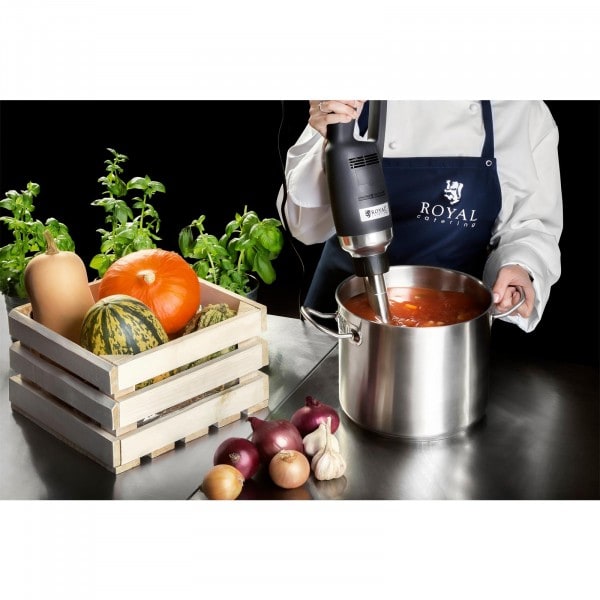

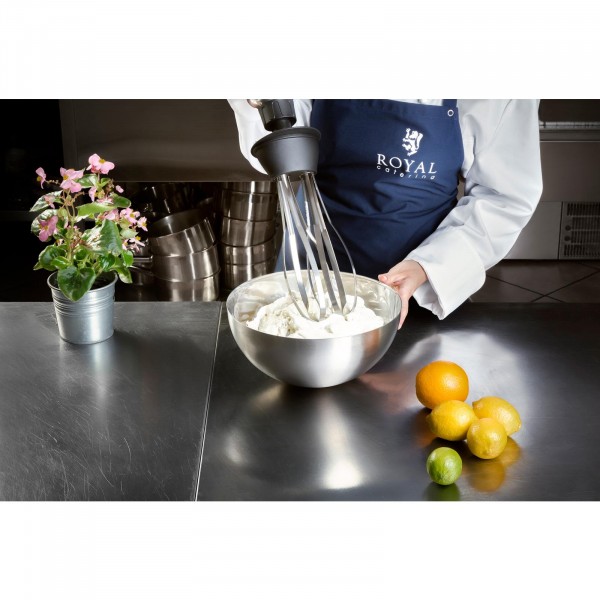
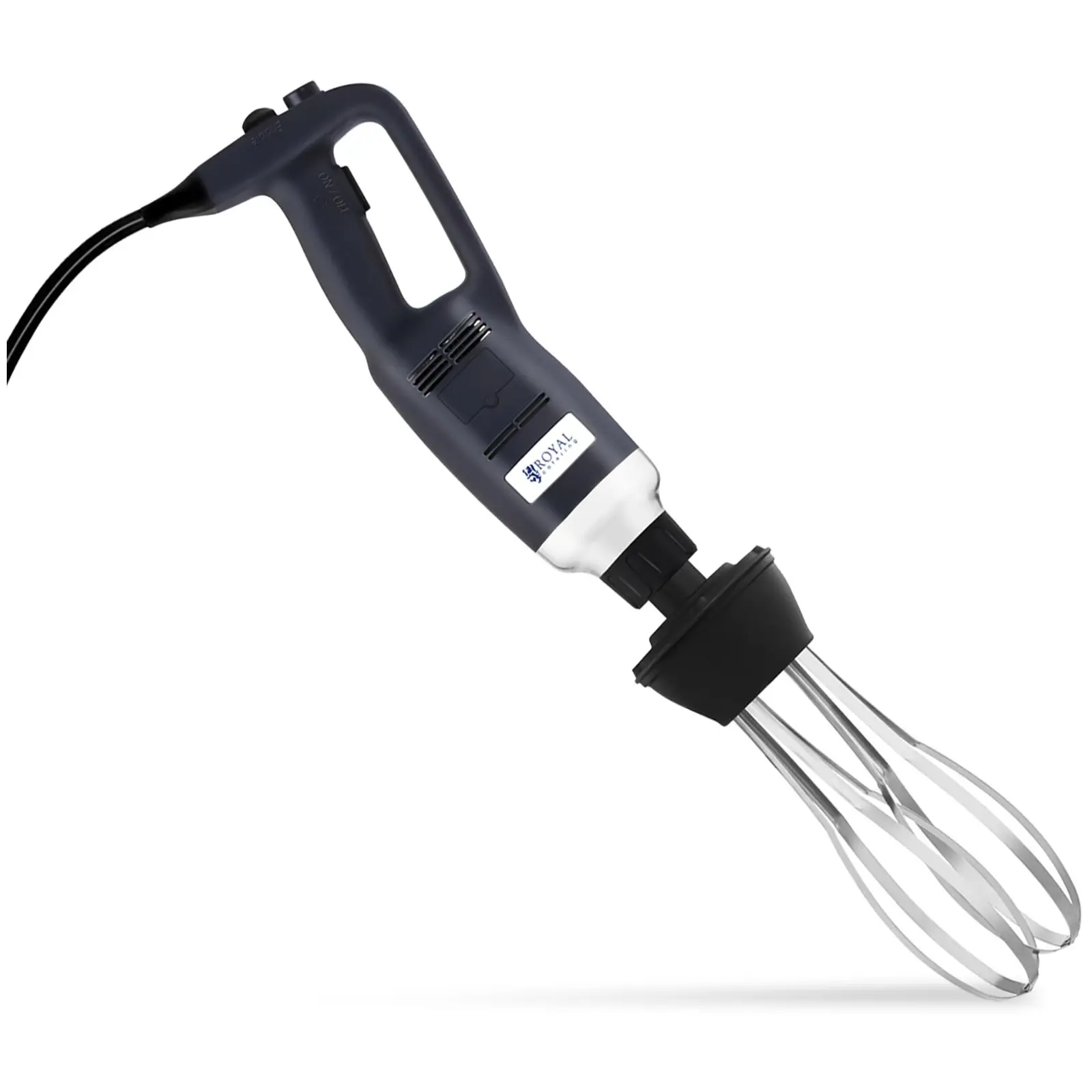
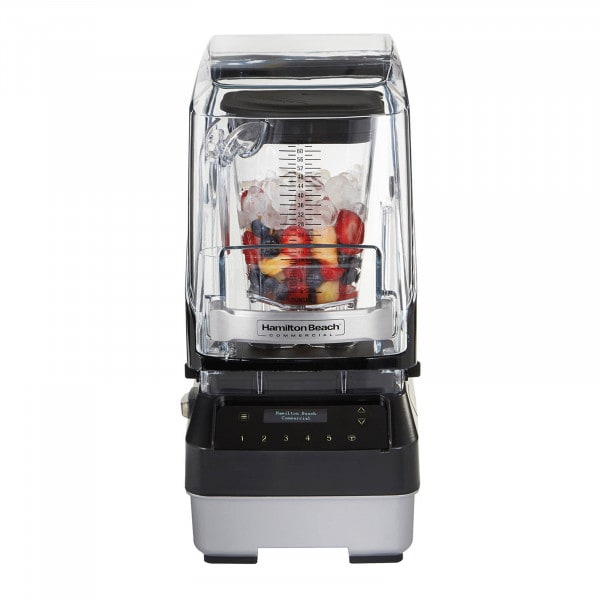

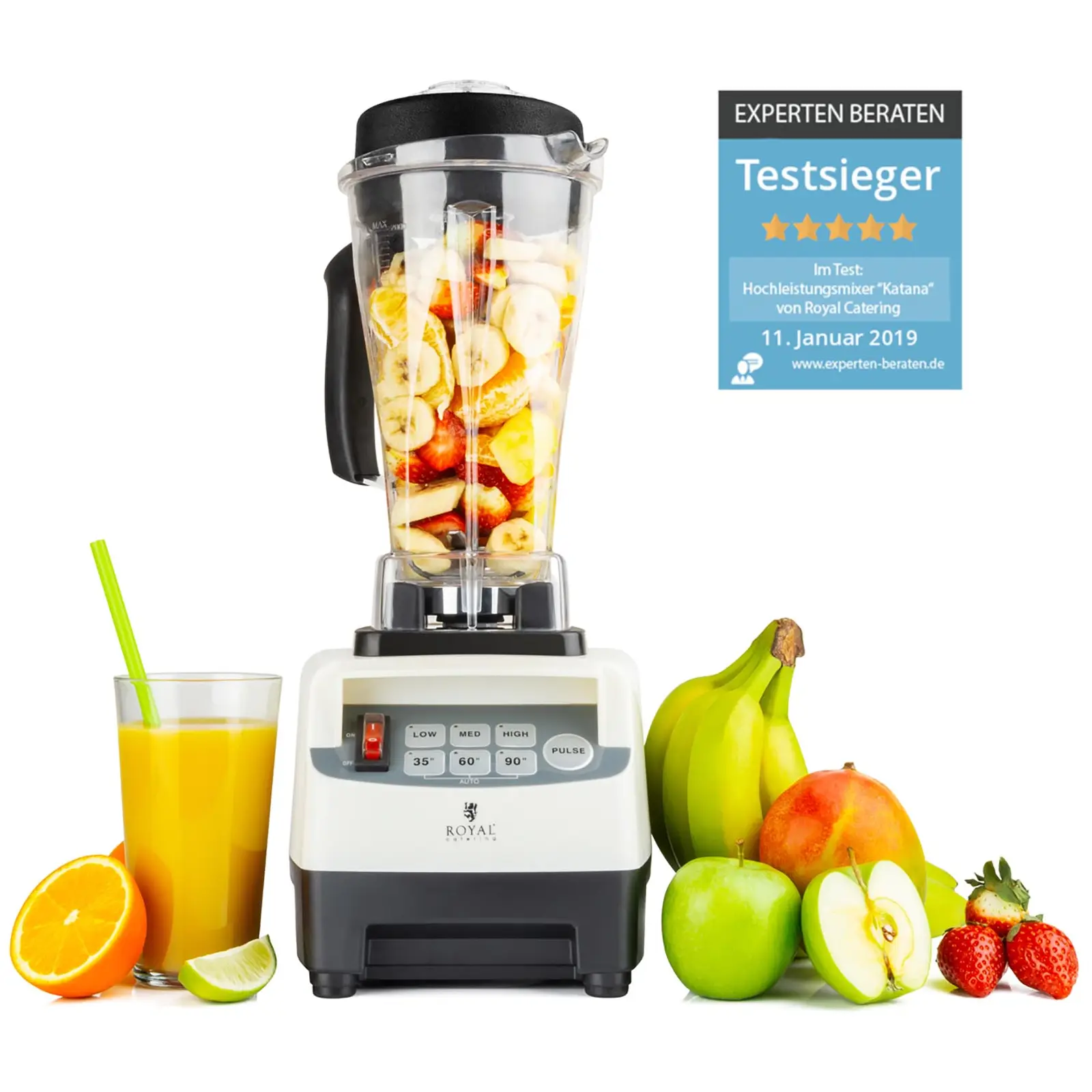
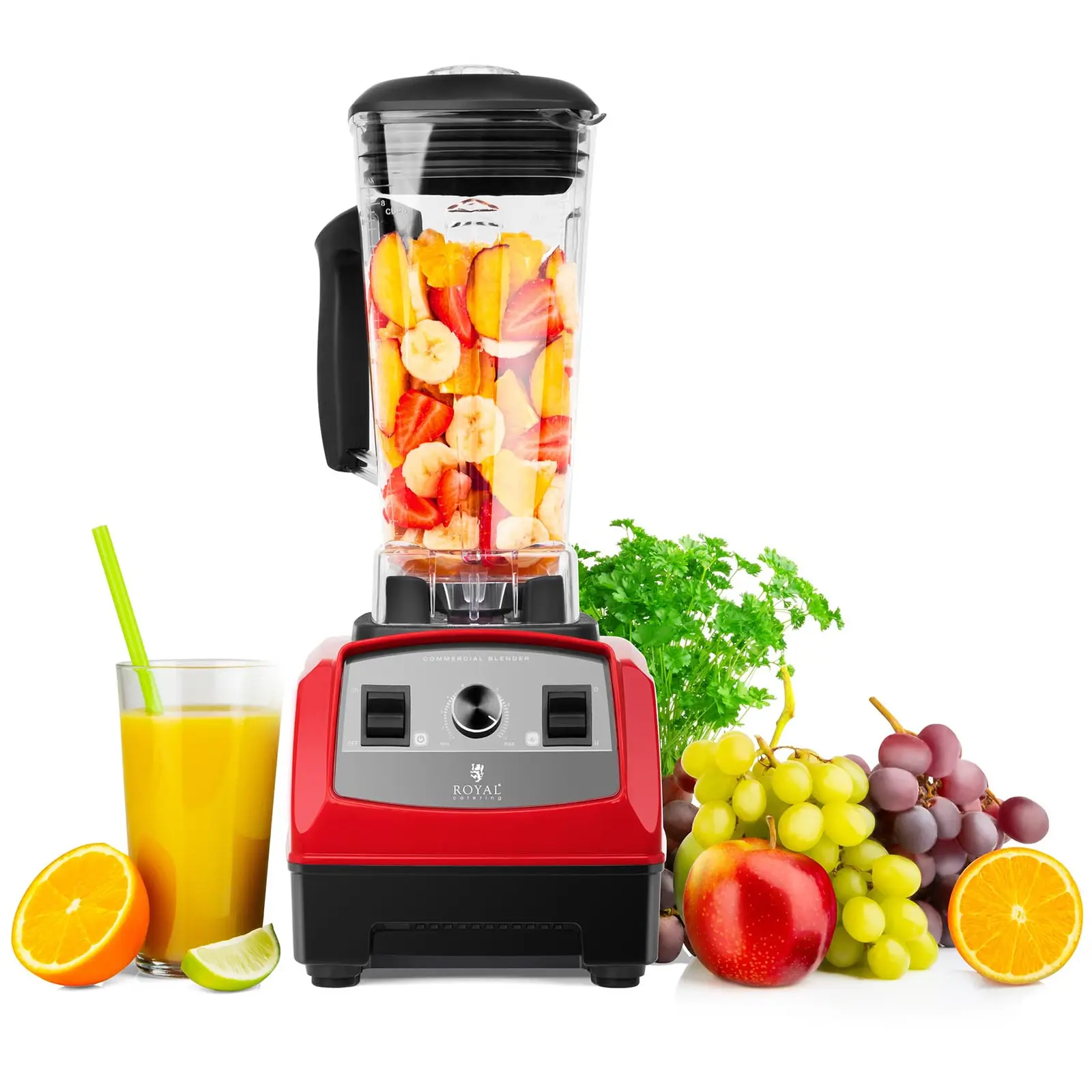

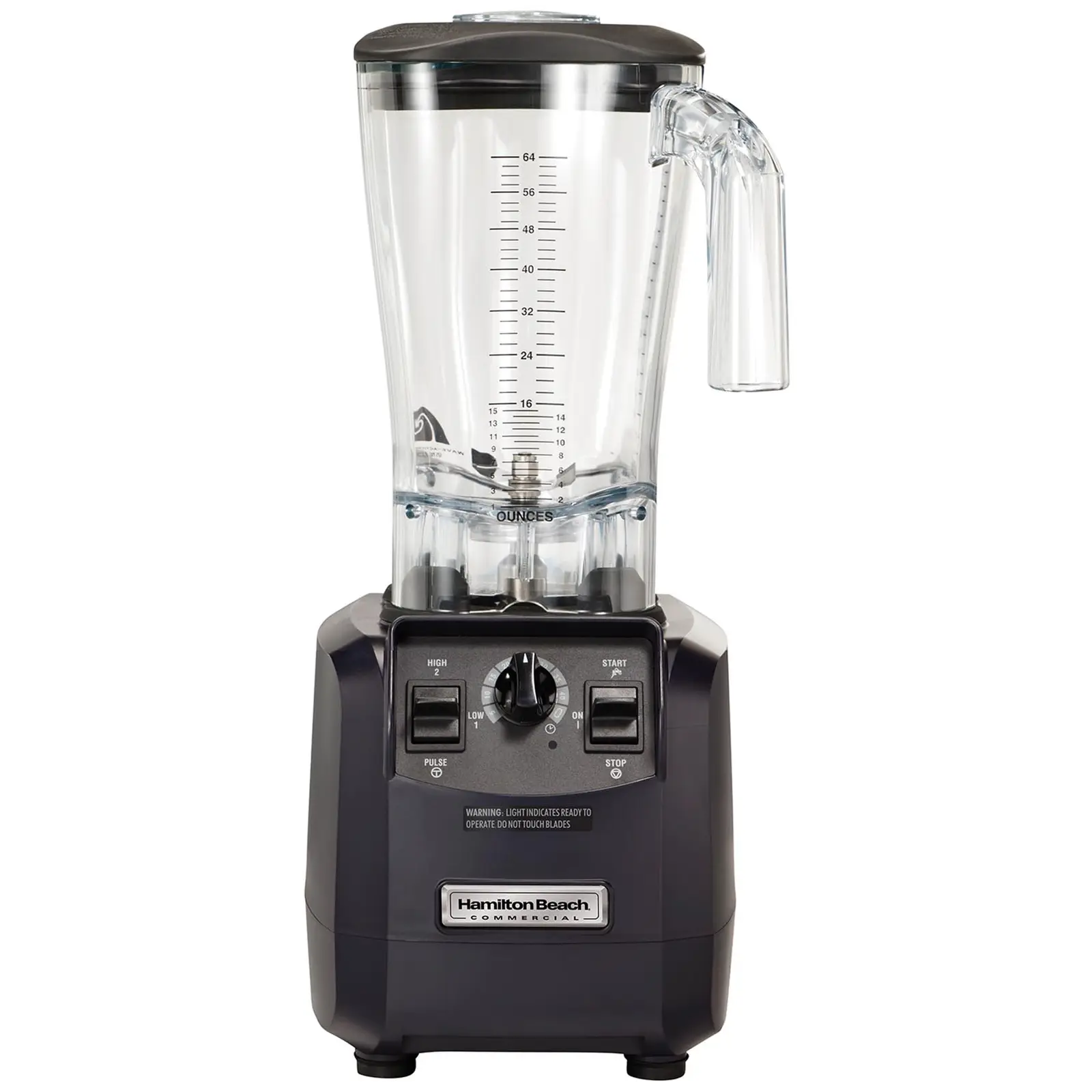


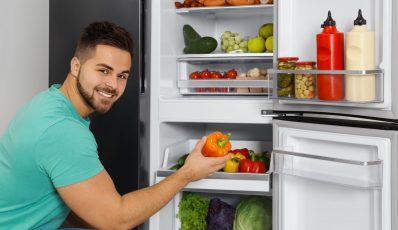
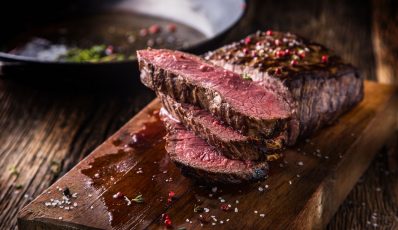


Share